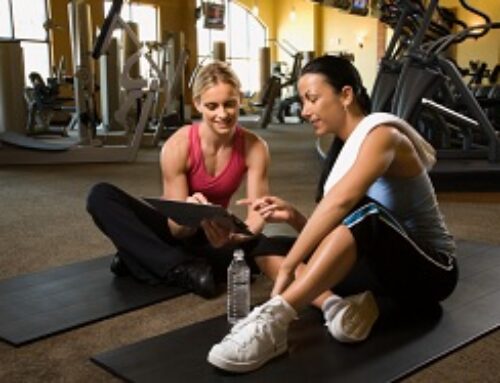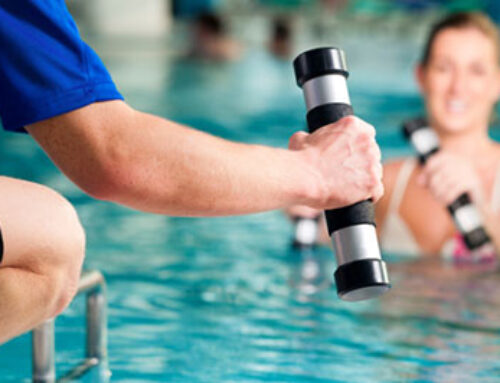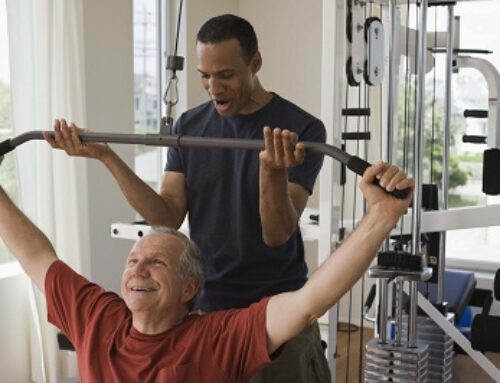Making exercise equipment available for the use of clients involves various responsibilities and in turn, opens you to certain legal liabilities. There are benefits and risks to the use of all equipment, including weight machines, treadmills, kettle bells, Pilates equipment, exercise balls, elliptical machines, stationary bicycles, free weights, balance beams and more.
Here are some of the considerations you need to take into account to ensure your clients’ safety:
Equipment Quality
There’s a big difference between workout gear meant for home use and well-crafted equipment designed for a gym or other workout facility. This isn’t to say that you’re responsible for paying maximum cost for every piece of equipment you provide, but you do need to take into account the heavy use it will need to withstand. Make sure you provide good quality equipment that can stand up to frequent use—and even some abuse—without breaking and causing an injury.
Inspections and Maintenance
Anything with moving parts probably came with recommendations for a regular maintenance schedule from the manufacturer. Certain parts such as ropes, cables, pins, snap hooks, nuts and bolts can be expected to get worn, stretched or loosened during normal use, so they require frequent checks to ensure that no damage or failures are evident. Exercise balls should be frequently inspected for inflation level, leaks and visible defects. If a client or other trainer reports that a piece of equipment needs repair or maintenance, remove it from use immediately.
Your Professional Expertise
The advice and instructions you give clients about exercise equipment can either contribute to or compromise their safety. Make sure you know and share with clients the recommended uses and limitations for each piece of equipment. It can be helpful to mandate training before clients have the opportunity to use equipment unsupervised. If someone claims that your professional advice was negligent, you will be expected to explain why you believed that the activity you suggested was safe and appropriate.
Staying Alert
Even outside your regular maintenance schedule, watch out for any problems with equipment. If you observe someone doing something potentially hazardous involving a piece of fitness equipment, step in and offer an immediate correction. It’s up to you as a professional to make sure your clients use equipment safely to get the maximum benefits.





